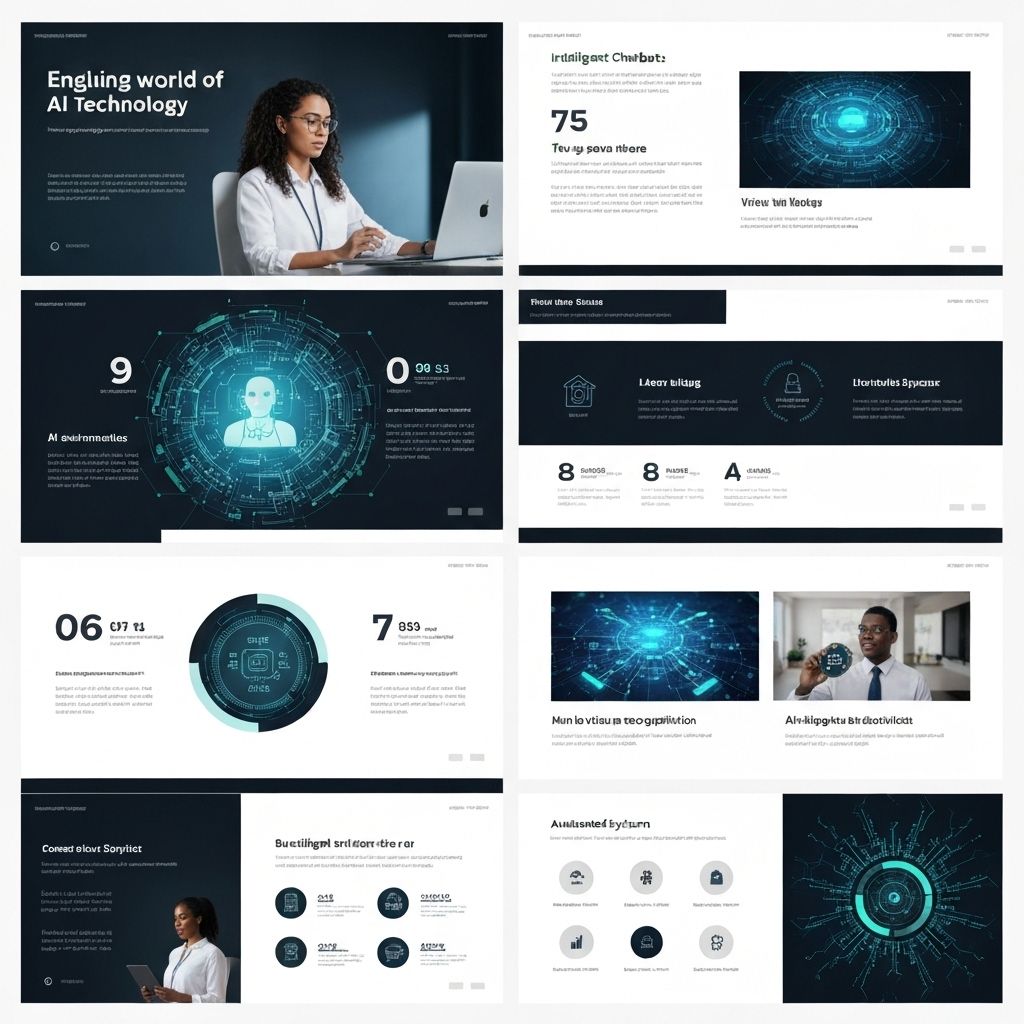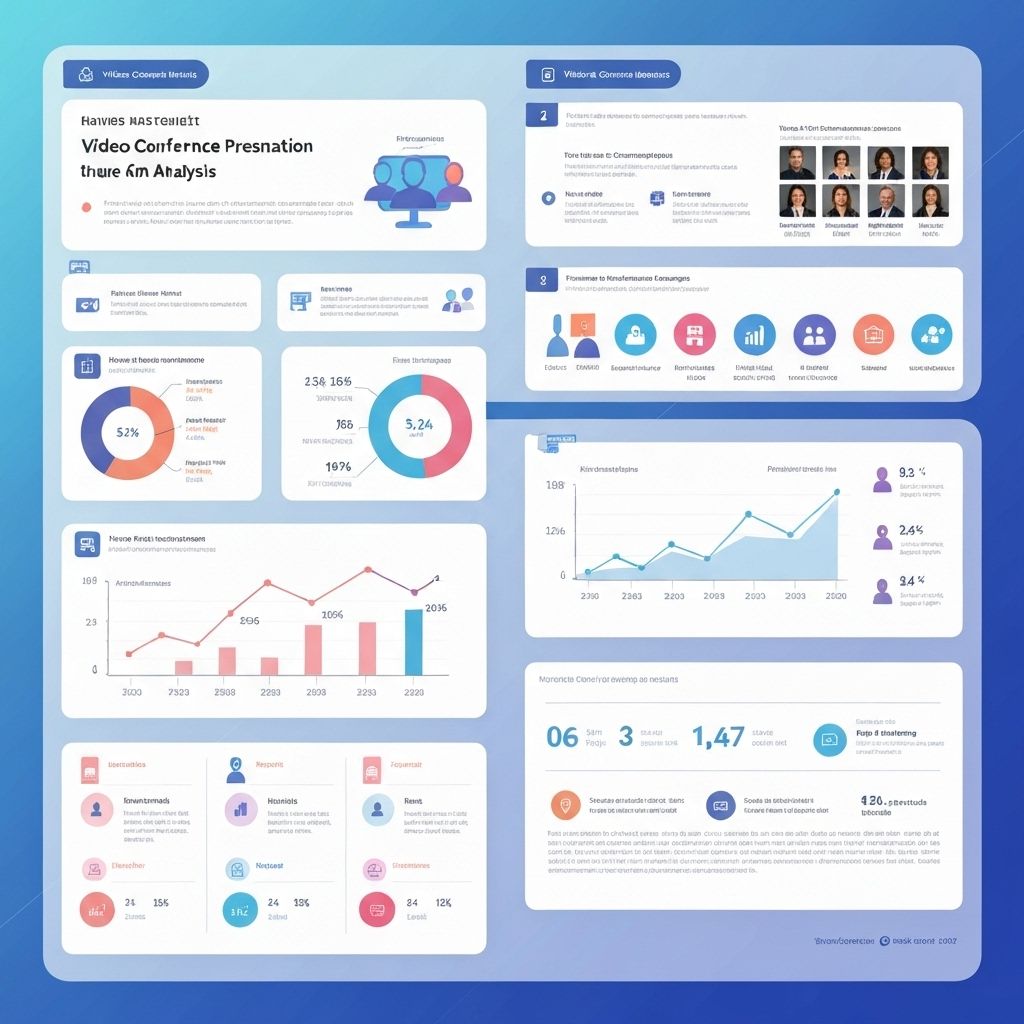How Researchers Are Saving 10+ Hours Per Week with Automated Slide Extraction

Academic researchers are discovering that AI-powered slide extraction is revolutionizing their workflow, saving significant time and improving research efficiency. This comprehensive case study examines real experiences from researchers across different disciplines who have integrated automated slide extraction into their daily work, documenting measurable productivity gains and workflow improvements.
The Research Challenge: Information Overload
Modern researchers face an unprecedented volume of information. With thousands of conferences, webinars, and presentations published annually, staying current with field developments has become increasingly challenging. Traditional methods of capturing and organizing presentation content are time-intensive and often incomplete.
Traditional Research Workflow Challenges:
- • Manual screenshot capture: 15-20 minutes per presentation
- • Note-taking during videos: Incomplete capture, missed details
- • Transcription work: 2-3 hours per hour of video content
- • Organization overhead: Additional time sorting and categorizing
- • Reference creation: Manual citation and source tracking
Case Study 1: Dr. Sarah Chen - Computer Science Research
Dr. Sarah Chen
Assistant Professor, Computer Science
Stanford University
Research Focus:
Machine Learning and AI Ethics, requiring constant monitoring of conference presentations and industry talks to stay current with rapidly evolving field developments.
Previous Workflow:
- • Manually watched 8-10 conference presentations weekly
- • Spent 3-4 hours taking screenshots and notes per session
- • Additional 2 hours organizing and categorizing content
- • Total time investment: 12-15 hours per week
Results with SlideStream AI:
"SlideStream AI has transformed my research workflow. I can now process twice as many presentations in a fraction of the time. The OCR feature is particularly valuable for extracting key equations and technical details that I used to miss during manual note-taking."
Case Study 2: Dr. Michael Rodriguez - Medical Research
Dr. Michael Rodriguez
Senior Research Fellow, Oncology
Johns Hopkins Medical School
Research Focus:
Cancer treatment protocols and clinical trial analysis, requiring comprehensive review of medical conference presentations and research symposiums.
Specific Use Case:
Dr. Rodriguez needed to analyze 50+ presentations from the American Society of Clinical Oncology (ASCO) annual conference to identify emerging treatment trends and potential collaboration opportunities.
Measurable Results:
"The ability to quickly extract and organize slides from medical presentations has been invaluable for my literature reviews. I can now identify key findings and methodologies much faster, allowing me to focus more time on actual research rather than information gathering."
Case Study 3: Graduate Student Research Team
Graduate Research Team
Environmental Science Department
University of California, Berkeley
Team Composition:
5 graduate students working on climate change research, each responsible for monitoring different aspects of environmental science conferences and webinars.
Collaborative Workflow:
- • Distributed monitoring: Each student covers 2-3 conference tracks
- • Shared knowledge base: Extracted slides organized in shared repository
- • Weekly synthesis: Team meetings to discuss key findings
- • Research integration: Findings incorporated into ongoing projects
Team Results:
Before SlideStream AI:
- • 40 hours/week total team time
- • 15-20 presentations processed weekly
- • Inconsistent note quality
- • Difficulty sharing findings
After SlideStream AI:
- • 12 hours/week total team time
- • 45-50 presentations processed weekly
- • Standardized, searchable content
- • Easy collaboration and sharing
"As a team, we've been able to dramatically expand our research coverage while reducing individual workload. The standardized slide extraction means we can easily search across all our collected materials and identify cross-cutting themes."
Quantified Productivity Gains
Across all case studies, researchers reported consistent productivity improvements in several key areas:
Time Savings Breakdown
Quality Improvements
Implementation Best Practices
Based on these case studies, researchers have identified several best practices for maximizing the benefits of automated slide extraction:
Establish Consistent Workflows
Create standardized processes for video selection, processing, and organization to ensure consistent results across research activities.
Integrate with Existing Tools
Connect slide extraction outputs with reference management systems, note-taking apps, and collaborative platforms for seamless workflow integration.
Focus on High-Value Content
Prioritize processing presentations from key conferences, renowned speakers, and directly relevant research areas to maximize impact.
Leverage Team Collaboration
Share extracted content across research teams to multiply the value of processing efforts and identify cross-disciplinary insights.
Long-term Impact on Research Productivity
The researchers in these case studies reported that the time savings from automated slide extraction allowed them to:
- • Expand research scope: Cover 2-3x more conferences and presentations
- • Improve research quality: More comprehensive literature reviews
- • Accelerate publication timelines: Faster identification of relevant work
- • Enhance collaboration: Better knowledge sharing within teams
- • Focus on analysis: More time for actual research vs. information gathering
6-Month Follow-up Results
Follow-up interviews conducted 6 months after implementation showed sustained productivity gains:
Getting Started: Implementation Guide
For researchers interested in implementing automated slide extraction, here's a step-by-step approach based on successful case studies:
Week 1-2: Assessment and Planning
- • Audit current research workflow and time allocation
- • Identify high-priority conferences and presentation sources
- • Set up organizational structure for extracted content
- • Define success metrics and tracking methods
Week 3-4: Initial Implementation
- • Start with 5-10 high-quality presentation videos
- • Test different processing settings and options
- • Establish naming conventions and filing systems
- • Document workflow and create templates
Month 2+: Scale and Optimize
- • Expand to full conference coverage
- • Integrate with existing research tools
- • Share workflows with team members
- • Measure and document productivity gains

